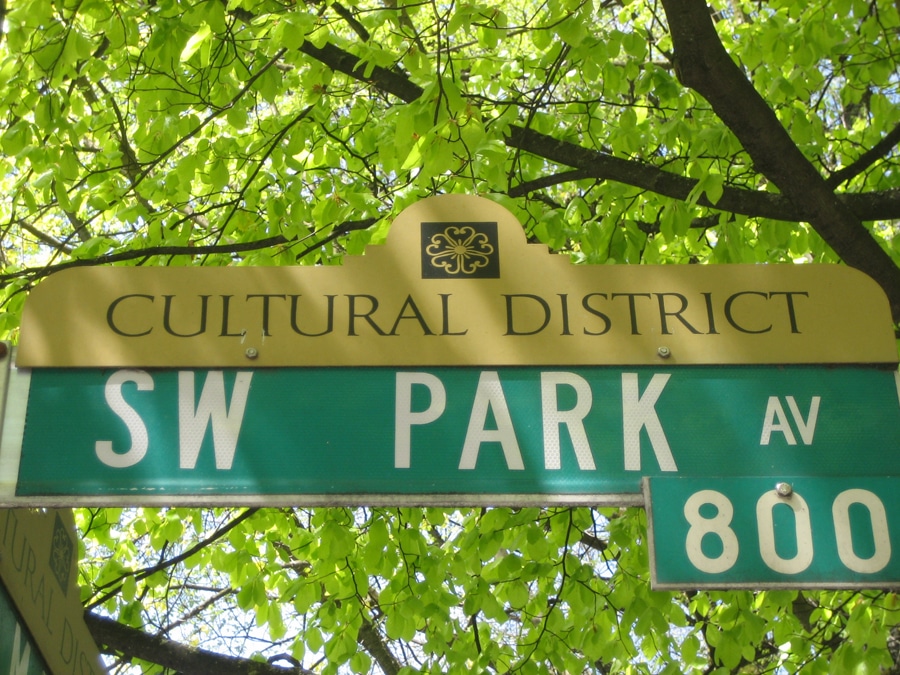The idea of “If you build it, they will come” is not new, but in recent years it has become a driving force for an upsurge of communities offering economic incentives to attract artists.
Areas that provide assets such as art, music, theater and other cultural benefits are more appealing to residents and investors. Knowing this, many communities are enacting economic stimulus and revitalization programs that specifically address ways to increase their inventory of artistic venues.
The primary requirements to make a community inviting to artists are the potential for income, and the affordability of housing and work space. The potential for artists’ income is an intangible concept for many communities, and cannot be realistically forecasted prior to the establishment of a new venture. Generally, most businesses conduct an economic survey of an area to decide if it will be feasible to open a venue there. Communities that are economically stagnant or declining have little hope of appealing to new businesses, so the revitalization programs work by offering incentives that can offset the risk of initial low income potential. Theoretically, as more businesses become established, they will create a hub that will stabilize and grow the local economy, and in turn attract more businesses and residents. As artists, we are the introductory businesses that many of these communities are now trying to entice with these economic incentives.
Affordable housing and work space is critical for many artists, and many communities are responding to this need by offering special deals on housing and commercial space. The incentives are often for specific buildings in areas that are experiencing economic hardship, and are considered by traditional businesses to be too risky for investment. As a result, many communities are offering artists low interest loans, grants, and tax exemptions to help them establish businesses in these zones.
What Louisiana Did
Recently, the state of Louisiana passed legislation to allow for the development of Cultural Products Districts throughout the state. The new legislation encourages local governments to designate specific areas as cultural districts, hoping to revitalize communities through increased cultural activity.
When the new legislation went into effect on October 1, 2008, an initial 29 local communities received approval for the designation. To be included in the new designation, the communities were required to distinguish areas by cultural resources, such as art institutions, art and entertainment businesses, arts and cultural activities, or arts and cultural production. The communities must also be engaged in the promotion, preservation, and education of arts and culture in the areas.
Louisiana provides benefits to the cultural districts through exemptions on local and state sales taxes on the sale of original artworks and with income and corporate tax credits for the rehabilitation of historic buildings. To support the districts, local governments and other agencies are encouraged to offer additional programs. For instance, state and regional art councils award grants (for both individual artists and arts organizations) and set up workshops where artists can learn business strategies for development and marketing.
Giving incentives to artists to locate their businesses in a specific area is only half the battle. A community must also offer an audience and exhibition venues so new businesses can survive. The city of Slidell, Louisiana, is meeting that challenge by hosting a series of cultural events where artists showcase their wares and draw visitors to the arts district. New events, such as a weekly farmers market and a monthly block party, are coordinated with gallery receptions and join a list of existing events — including art festivals, antique fairs, theatrical productions, and community concerts. Slidell is also initiating a public mural program, similar to the one reported in the March 2008 issue of Art Calendar. It is already drawing additional attention to their arts district.
The Cultural Director of Slidell, Kim Bergeron, who created the busy event schedule, wants to ensure the success of the newly formed cultural district in her city. By promoting arts and capitalizing on local cultural assets, Slidell can strengthen its economy and enhance the quality of life that it offers to its residents. At informational meetings, Slidell’s local artists and businesses learn how they can benefit from the new incentives. In the innovative artist placement program, existing businesses take advantage of the cultural district benefits by developing partnerships with local artists.
“This is an invaluable opportunity for downtown locations to continue in the journey towards making Slidell a spectacular place to live, shop, and visit,” explains Bergeron. “By adopting one or more artists and displaying their works in your location, year round, you are taking advantage of the opportunity to increase traffic to your business, and, ultimately, potentially increase the sales of both the artist’s works and your goods or services.”
For more information about Louisiana’s Cultural Districts Program, visit www.crt.state.la.us/culturaldistricts.
For more information on other towns, cities and districts offering incentives or other benefits for artists living there, be sure to read 27 Towns for Working Artists, in the January 2009 issue of Art Calendar magazine. AC
Annie Strack (AnnieStrackArt.com) has artwork included in a number of museums, and other public and private collections. Her instructional DVD, Painting Seascapes in Watercolor — The Red Dinghy, is available on her Web site for $24.95 plus $5 shipping and handling. Friend her on Facebook at facebook.com/AnnieStrack, follow her on Twitter at twitter.com/AnnieStrack, or visit her at ArtScuttlebutt.com/Annie_S.




